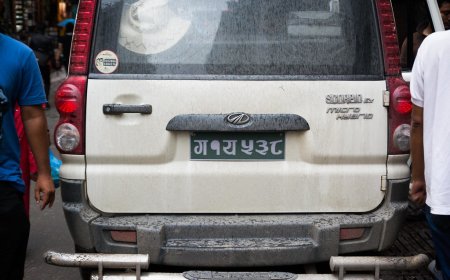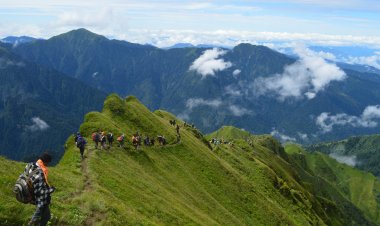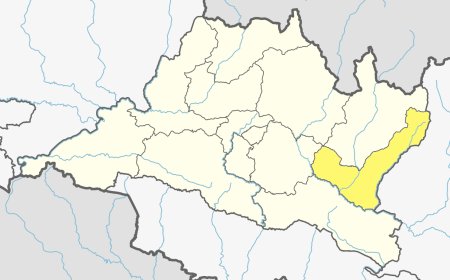Nepal’s Most Iconic Temples and Religious Sites
Here are some of Nepal's most iconic and frequently visited temples and religious sites, each offering a unique glimpse into the country’s spiritual heritage.
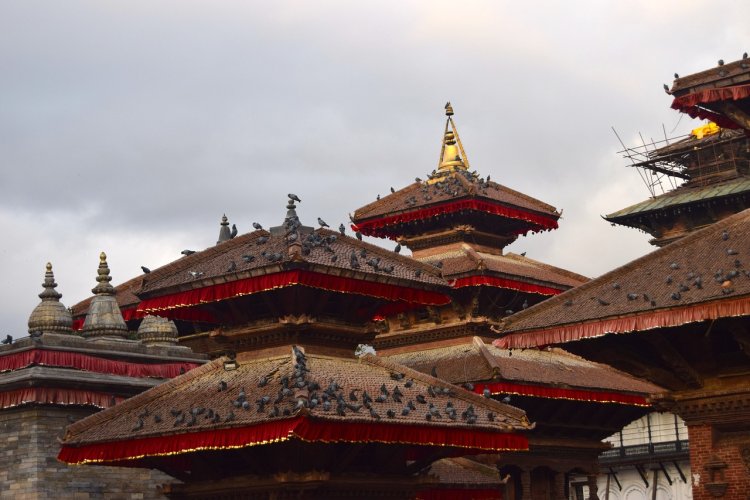
From cultural variety to religious, Nepal is home to some of the most well-known temples and religious places in the world. These sacred places really originate from the history, art, and spirituality of the country, along with being places of worship. This article describes some of the most respected temples and religious sites in Nepal, starting with a description of their importance, architectural beauty, and experiences they offer to visitors.
Pashupatinath Temple
Overview
Pashupatinath Temple is one of the most sacred Hindu temples of Lord Shiva, situated on the banks of the Bagmati River in Kathmandu. This temple has been listed as a UNESCO World Heritage Site since 1979 and draws thousands of pilgrims and tourists every year. The shrine complex comprises a lot of shrines and ashrams, which are filled with life in all their manifestations.
Architectural Significance
The temple is designed in a traditional pagoda style with its two-tier roofs covered in gold and copper. Inside the inner sanctum, there is a sacred lingam. It is a symbol of Lord Shiva. Only Hindus can go into the main temple, but one can observe the cremation rituals that takes place along the riverbank-a glimpse into the tradition that will show even the most untrained eye much about Hinduism's concept of life and death.
How to Visit
Timings: 4:00 AM - 12:00 PM; 5:00 PM - 9:00 PM
Entry Fee: NPR 1000 for foreign nationals; free for Nepali citizens.
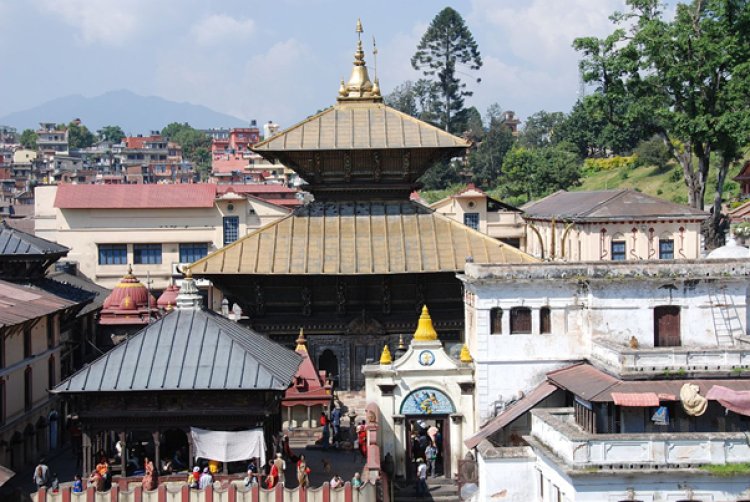
Pashupatinath Temple
Boudhanath Stupa
Overview
One of the largest stupas in Nepal and a very important pilgrimage site for the Buddhists, Boudhanath Stupa lies approximately 8 kilometers from the city center of Kathmandu. The UNESO world heritage site is a massive white dome surrounded by monasteries and shops selling religious trinkets and other items.
Cultural Practices
The stupa has prayer flags around its area which flutter due to the wind, producing a colored environment. The pilgrims do kora- walking a circumambulation around the stupa with uttering mantras and rotating the prayer wheels. The four eyes painted on the stupa symbolize the omnipresence of Buddha.
Visiting Information
Timings: Open all day
Entry Fee: NPR 400 for foreign nationals; Free for Nepali citizens.
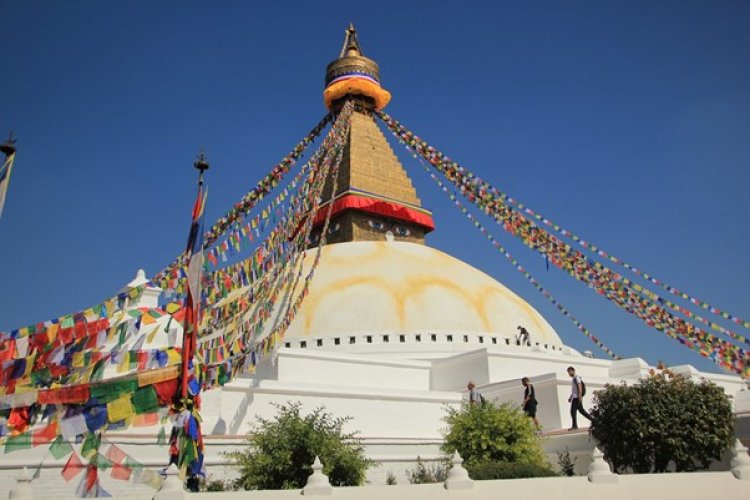
Boudhanath Stupa
Swayambhunath Stupa
Overview
Known locally as the Monkey Temple, as a large troop of monkeys inhabits its premises, another UNESCO World Heritage Site is Swayambhunath Stupa. Located on the hill overlooking Kathmandu, this ancient stupa surveys the city. For Buddhists and Hindus alike, it is an extremely sacred stupa. History
According to legend, Swayambhunath developed out of a lotus that flowered in a primordial lake. The stupa's dome represents the universe, while its eyes denote wisdom and compassion. With stunning panoramic views of Kathmandu, one can observe daily rituals taking place by its devotees from both faiths.
Visiting Information
Timings: Open all day
Entry Fee: NPR 200 for foreign nationals; NPR 50 for SAARC citizens.
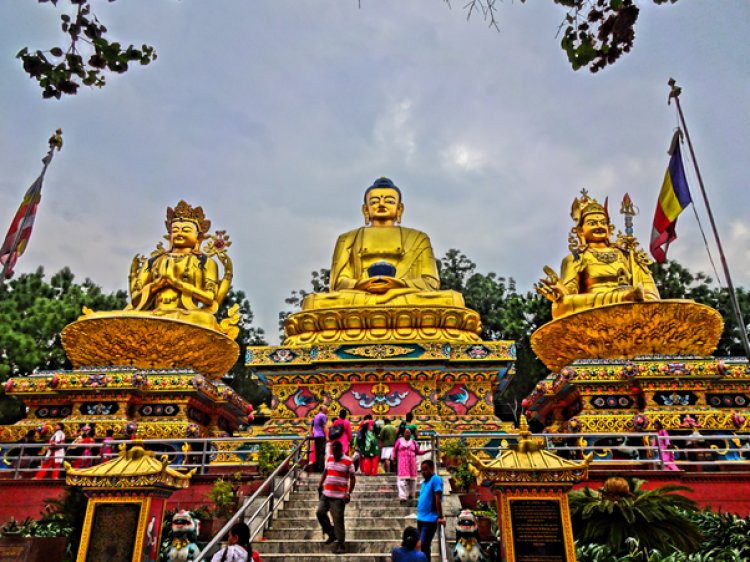
Swayambhunath Stupa
Manakamana Temple
Overview
Located about 105 km west of Kathmandu, the Manakamana Temple is dedicated to Goddess Bhagwati, an incarnation of Parvati. It is famous for its belief that wishes are granted here.
How to Reach and Experience
Tourists can reach the temple after an up-and-down cable car ride that treats them with a glimpse of the surrounding hills and valleys. The temple has beautiful intricate woodwork and colorful decorations that make it a wonder to behold while worshiping.
Visiting Information
Timings: 7:00 AM - 5:00 PM
Entry Fee: Applies cable car fare.
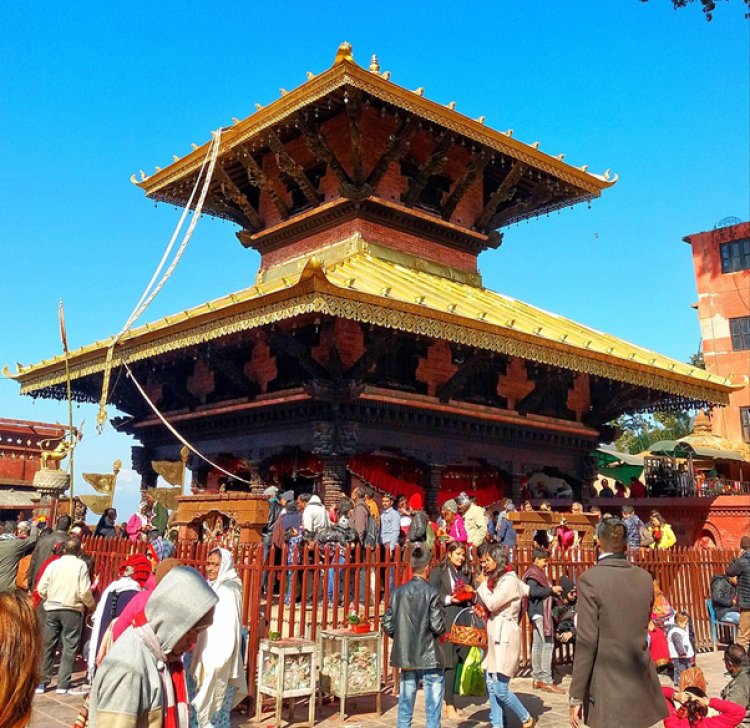
Manakamana Temple
Janaki Mandir
Overview
Janaki Mandir is a pilgrimage center to the goddess Sita, situated at Janakpur. This is a great architectural specimen of the late 19th century and has intricate designs influenced by Mughal architecture.
Cultural Significance
Janakpur has a lot of cultural significance as it is believed to be the birthplace of Sita. Thousands flock during festivals like Vivah Panchami, where the wedding of Sita to Lord Rama is enacted.
Visiting Information
Timings: Open all day
Entry Fee: Free
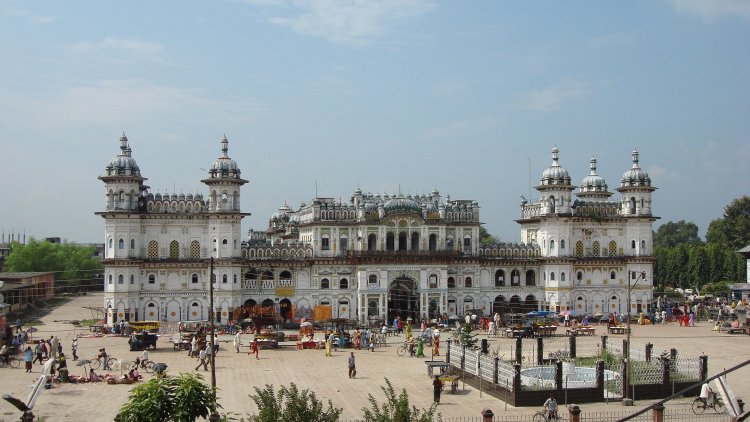
Janaki Mandir
Budhanilkantha Temple
Overview
Budhanilkantha is renowned for its magnificent statue of Lord Vishnu reclining on Sheshanaga, which is the serpent. Situated at the base of Shivapuri Hill near Kathmandu, it is regarded as one of the most beautiful religious sites in Nepal.
Features of Art
The statue is approximately 5 meters long and is carved out of black basalt stone. It displays really good workmanship and draws large numbers of the devout as well as tourists visiting to pay attention before Lord Vishnu.
Visiting Information
Timings: Open all day
Entry Fee: No entry fee is charged from any visitor.
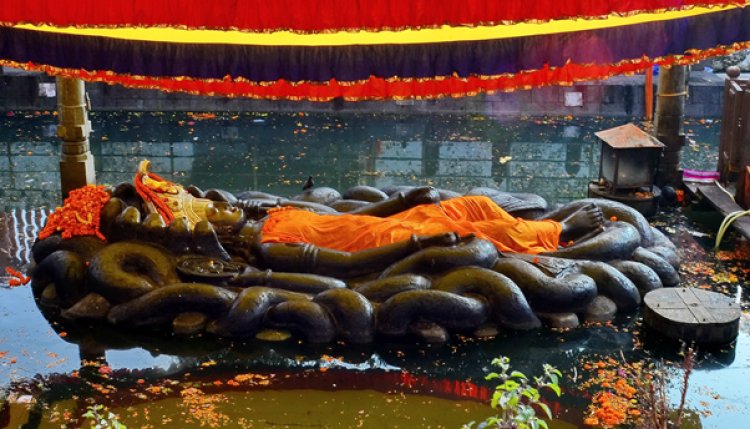
Budhanilkantha Temple
Pathivara Devi Temple
Overview
Lying at an altitude of 3,794 meters close to Taplejung, Pathivara Devi Temple is dedicated to Goddess Pathivara. It is considered one of Nepal's most important Shakti Peethas or sacred sites of feminine energy.
Pilgrimage Experience
To reach Pathivara, one has to make a very tiresome trek that tests one's devotion but promises magnificient sceneries looking down the Kanchenjunga range. Many say that whatever one prays for from here, the goddess grants it.
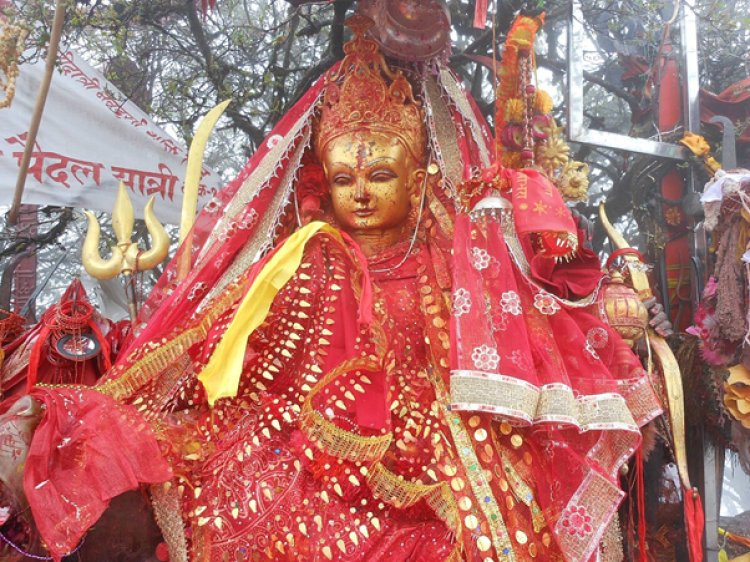
Pathivara Devi Temple
The temples and religious sites of Nepal are not just constructions but living manifestations of faith that reflects the rich cultural tapestry of the country. Each one provides a variety of experiences through its architecture, rituals, and community involvement. Whether you seek spiritual enlightenment or cultural exploration, these iconic temples provide deep insights into Nepal's diverse religious landscape.
These places are not only places of tourist attraction but also major centres of worship and some are even listed as World Heritage Site, where the local traditions are very much alive. Showing respect while exploring these sites will add to your knowledge regarding the spiritual heritage of Nepal and leave you with unforgettable and lifelong memories.
Frequently Asked Questions (FAQ's)
1. What is the significance of Pashupatinath Temple?
It is a sacred Hindu temple dedicated to Lord Shiva and a UNESCO World Heritage Site, attracting many
pilgrims.
2. Can non-Hindus enter the main temple at Pashupatinath?
No, only Hindus can enter the main temple, but non-Hindus can observe rituals from the riverbank.
3. What are the visiting hours for Boudhanath Stupa?
Boudhanath Stupa is open all day for visitors.
4. How can visitors reach Manakamana Temple?
Visitors can take a scenic cable car ride to reach Manakamana Temple.
5. What architectural styles are present in Janaki Mandir?
Janaki Mandir features intricate Mughal architectural designs and is dedicated to Goddess Sita.
6. What unique feature does Budhanilkantha Temple have?
It has a notable statue of Lord Vishnu reclining on Sheshanaga, carved from black basalt stone.
7. What makes Pathivara Devi Temple significant?
It is a major Shakti Peetha located at high altitude, known for granting wishes to devotees who trek to it.
What's Your Reaction?



























































































